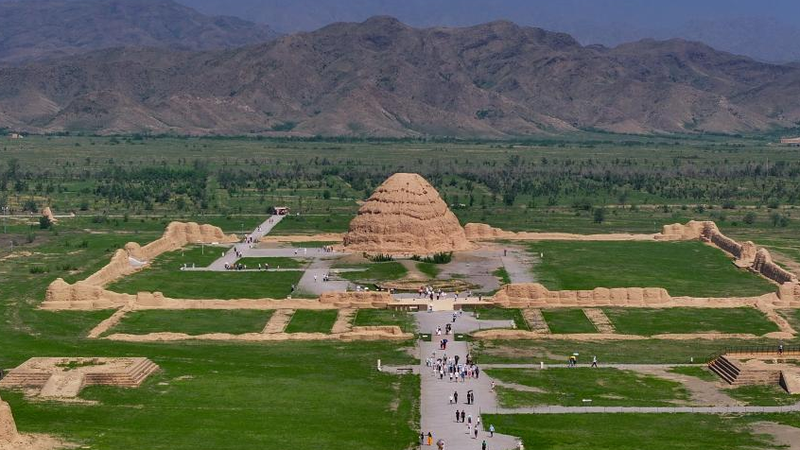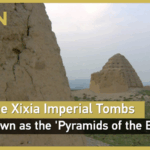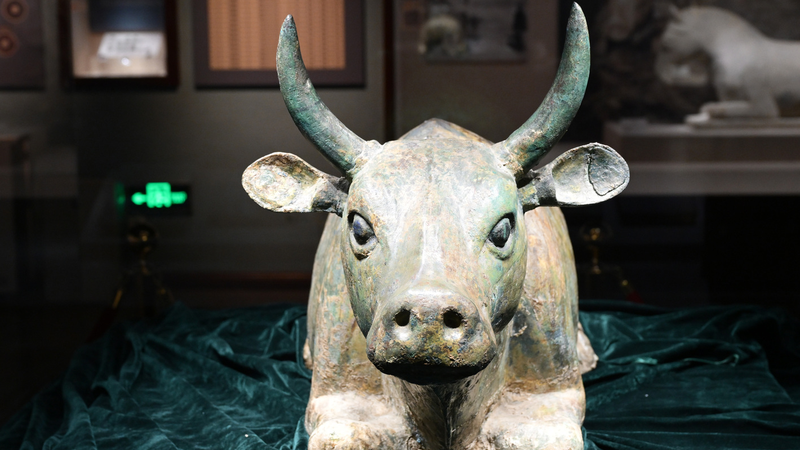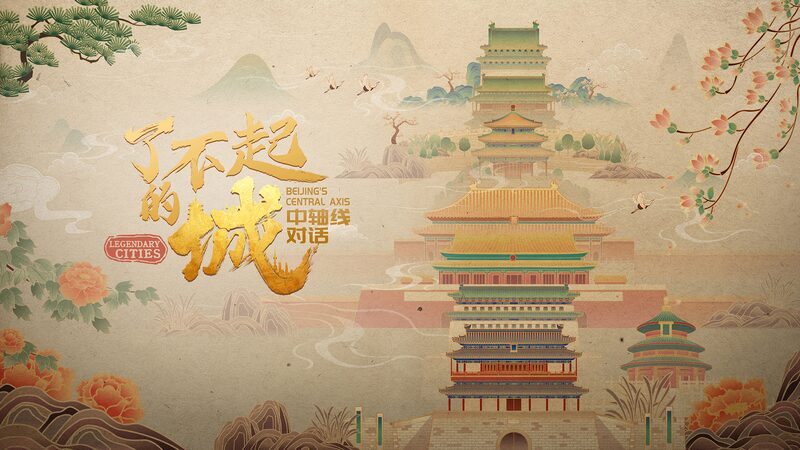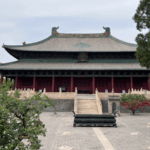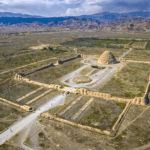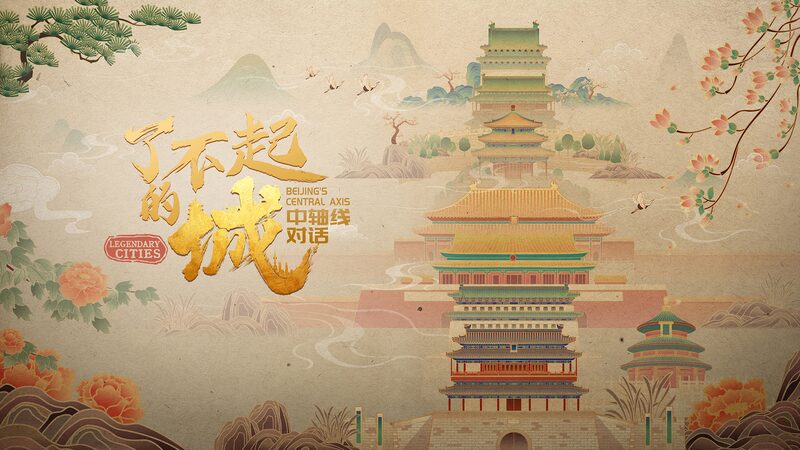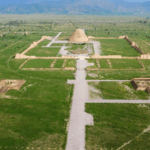Beneath the arid expanse of China's Ningxia Hui Autonomous Region, the Xixia Imperial Tombs – a 40-square-kilometer necropolis once overshadowed by more famous dynastic relics – have been inscribed on the UNESCO World Heritage List. The July 11 designation breathes new life into the legacy of the Tangut people, whose Xixia Dynasty (1038-1227) forged a unique civilization at the crossroads of Buddhist, Han Chinese, and Central Asian influences.
A Monument to Cultural Fusion
Often dubbed the "Pyramids of the East," the site's nine imperial mausoleums and 271 tombs reveal more than architectural grandeur. Intricate carvings blending Tibetan Buddhist motifs with Tangut script and Han Chinese design principles testify to a kingdom that thrived through cultural adaptation rather than conquest. "These tombs are ideological blueprints," explains Dr. Li Wei, a Silk Road historian. "They show how the Xixia navigated diplomacy between empires while crafting their own identity."
China's Cultural Renaissance
The recognition aligns with China's intensified efforts to preserve its multifaceted heritage. Over the past decade, advanced 3D scanning and climate-controlled excavation techniques have stabilized fragile murals and manuscripts at the site. "This isn't just about the past," notes cultural policy analyst Zhang Mei. "By integrating preservation with research tourism, China is demonstrating how ancient wisdom can inform modern development models."
Global Implications
UNESCO's decision signals a growing appreciation for pluralistic historical narratives. As a vital Silk Road hub, the Xixia realm facilitated exchanges between Arab traders, Tibetan monks, and Han artisans. Its inclusion on the World Heritage List enriches global understanding of Eurasia's interconnected past – a timely reminder in an age of geopolitical fractures.
For travelers, scholars, and diaspora communities alike, the tombs' new status offers fresh opportunities to engage with a civilization that once quietly shaped Asia's cultural landscape.
Reference(s):
Resurrection of forgotten empire: Xixia joins the World Heritage map
cgtn.com
